The restaurant industry has faced significant challenges over the past few years, and some of America’s most well-known chains are feeling the heat. Rising food costs, shifting consumer preferences, and increased competition from fast-casual and independent restaurants have put several major brands in jeopardy. While some are attempting reinventions to stay relevant, others may not make it through 2025. Here are 13 struggling chain restaurants and whether they stand a chance of survival.
1. Ruby Tuesday
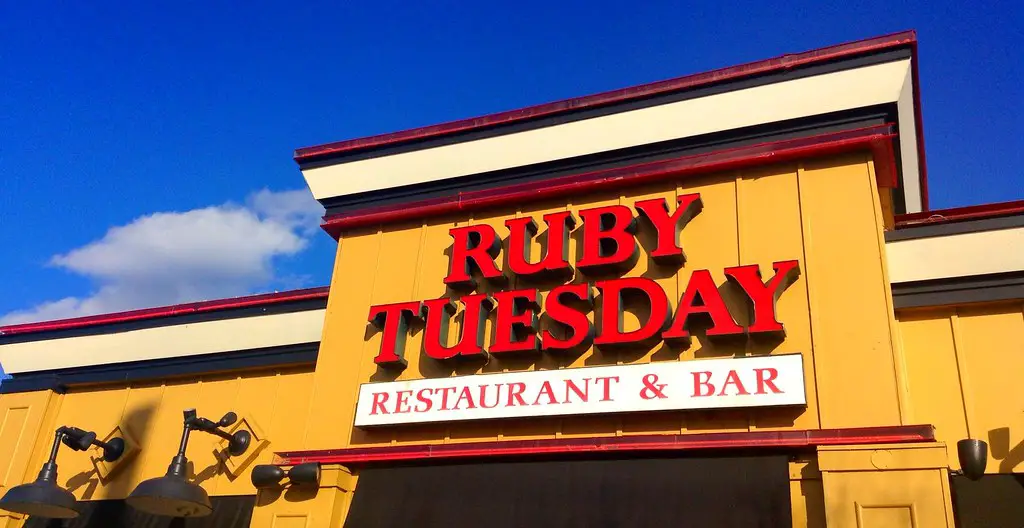
Ruby Tuesday, once a leading name in casual dining, has seen a significant decline in recent years. The chain has struggled to stay relevant in an increasingly competitive market, with a menu that hasn’t evolved much in years. Efforts to modernize the brand, including redesigns of locations and updated menu items, haven’t been enough to attract a younger demographic or drive traffic back to its stores. Business Insider notes that Ruby Tuesday’s reliance on outdated menu options has led to declining sales, particularly in urban markets.
Although Ruby Tuesday has been closing underperforming locations, the brand still retains a loyal customer base. Its recognition, especially among older diners, provides a stable foundation. However, unless the chain makes substantial changes to its overall branding and customer experience, it will continue to see a decline in market share.
2. Applebee’s
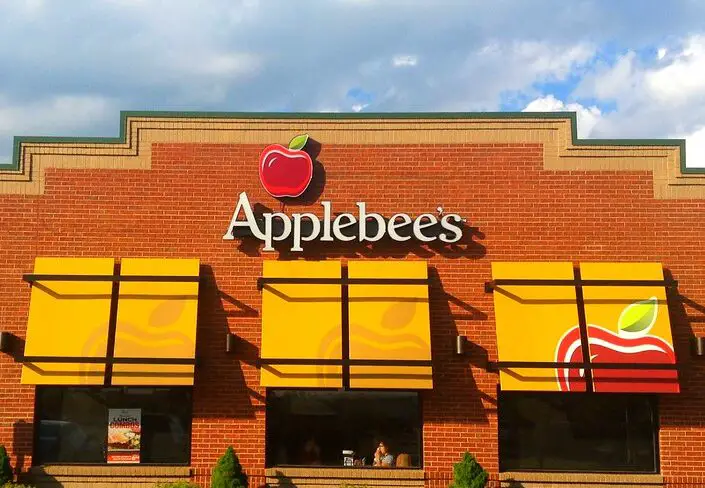
Applebee’s has long been a staple of casual dining, but the chain has struggled to attract younger diners in recent years. With a menu that leans heavily on traditional American fare and deep discounts, it has become difficult for the brand to compete with trendier fast-casual restaurants. Over the years, Applebee’s has focused on value promotions like “2 for $20” and $1 margaritas to try to boost traffic, but those efforts have only been somewhat effective in a competitive market. According to The New York Times, despite attempts at revamping, the chain’s brand has become increasingly outdated, and its customer base has aged.
Despite these challenges, Applebee’s still has a loyal customer base, particularly in suburban areas. Its large number of locations across the U.S. provides a solid foundation, and the brand isn’t disappearing overnight. However, without a significant overhaul in both its menu and marketing strategies, Applebee’s may continue to shrink, and 2025 could be a critical year for the chain’s future.
3. TGI Fridays
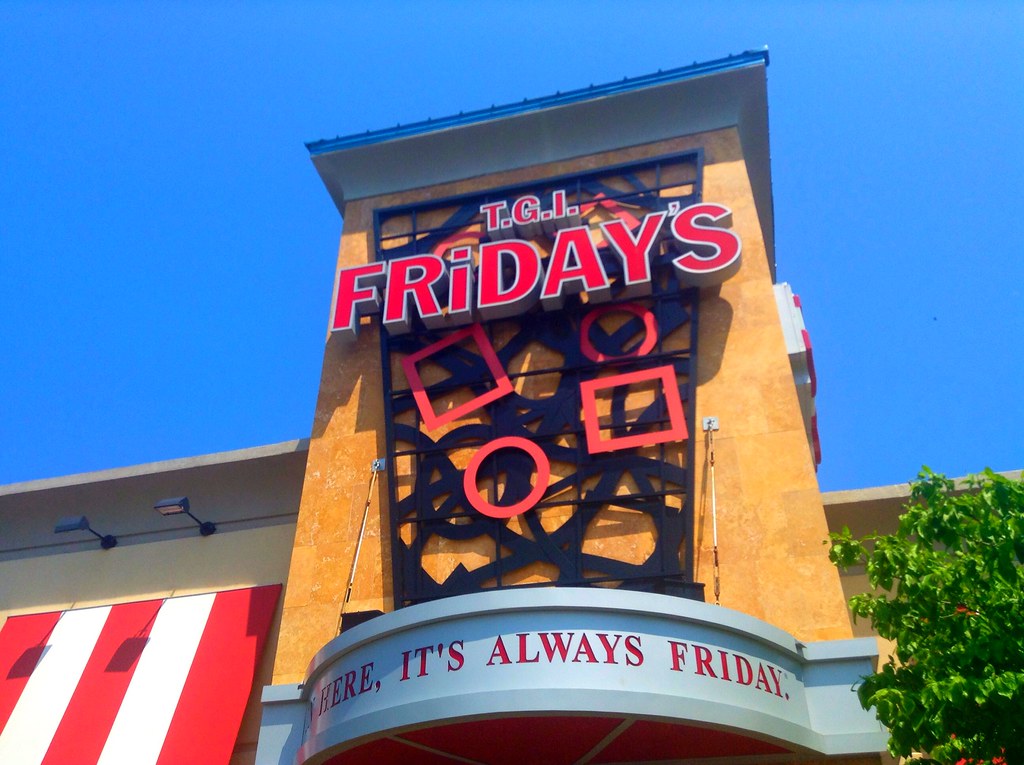
TGI Fridays was once the go-to destination for casual dining, but it now faces significant competition from more modern dining experiences. The chain has struggled to maintain its relevance with a younger demographic, and attempts to update the menu and décor have not been enough to reinvigorate its image. Even though TGI Fridays has introduced new items and promotions, it still feels outdated to many customers, and the chain’s growth has slowed considerably in recent years. According to Fortune, despite revamping some locations, the chain’s appeal to younger generations continues to be weak.
The brand has also been hit hard by changing dining trends, particularly the shift toward healthier options and smaller, more local restaurant experiences. Despite this, TGI Fridays has maintained a core customer base, especially among older diners who are loyal to its nostalgic appeal. To survive through 2025 and beyond, the brand will need a significant reinvention in its atmosphere, menu, and marketing approach to reach younger, trend-conscious consumers.
4. Red Lobster

Red Lobster has faced financial troubles for years, and its reliance on promotions like “Endless Shrimp” has only worsened the situation. As seafood prices rise and demand for seafood continues to shift, it’s becoming more difficult for the chain to maintain profitability. Additionally, Red Lobster has seen a shift in consumer behavior, with younger diners increasingly opting for more trendy, sustainable, or independent dining options over traditional seafood chains. Bloomberg reports that consumer trends have significantly impacted the chain, with seafood consumption declining as a whole among younger generations.
Despite these challenges, Red Lobster does have a strong brand name and a large number of locations, which could provide the leverage needed for a potential comeback. However, it will need to address rising food costs, refine its menu to appeal to modern preferences, and find ways to modernize the dining experience. If these changes are not made, Red Lobster could continue to close locations and struggle with profitability.
5. On the Border Mexican Grill & Cantina

On the Border, a casual dining Mexican restaurant chain, has been struggling due to a combination of financial mismanagement, changing consumer preferences, and rising operational costs. In early 2024, the company filed for Chapter 11 bankruptcy, revealing that it had accumulated $19 million in debt. This financial strain forced the closure of nearly 70 locations across the United States. One of the primary reasons for its decline has been an inability to compete with fast-casual Mexican chains like Chipotle and Qdoba, which offer fresher ingredients, customizable options, and faster service at a comparable price.
The brand’s efforts to modernize its menu and expand its digital presence were not enough to reverse the downward trend. Rising costs for labor, food, and rent also placed additional pressure on the business, making profitability increasingly difficult. Despite its long-standing reputation and loyal customer base, On the Border has struggled to adapt to the evolving restaurant landscape. While restructuring efforts may help the company stabilize, the competitive pressures from fast-casual brands and economic challenges make its future uncertain.
6. Cracker Barrel

Cracker Barrel, a Southern-inspired restaurant and retail chain known for its country-style comfort food and gift shop, has also been facing financial struggles. One of its biggest challenges is its reliance on an older customer demographic, which has been visiting less frequently post-pandemic. As younger consumers gravitate toward modern, fast-casual dining options, Cracker Barrel has struggled to attract new customers while retaining its existing base.
Many of its locations are also in rural areas, where population declines have led to reduced customer traffic. Furthermore, the company’s attempts to modernize, such as introducing a new loyalty program and updating its menu with trendier items, have not significantly boosted sales. In response to these challenges, Cracker Barrel has had to close underperforming locations and streamline operations. While the brand still holds nostalgic value for many diners, it must find a way to appeal to younger generations and adapt to the evolving restaurant industry to ensure its long-term survival.
7. Outback Steakhouse
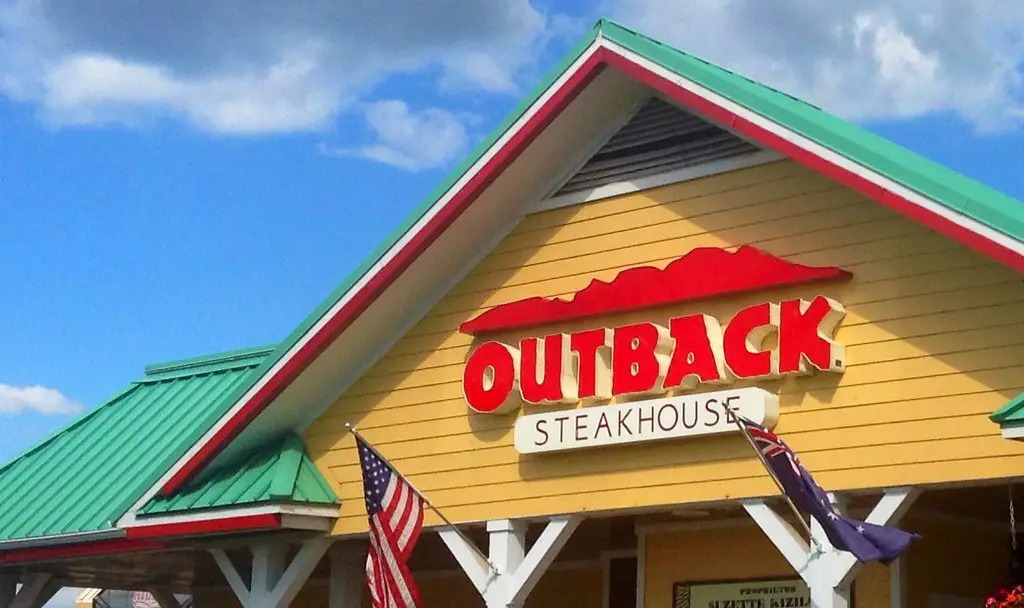
Outback Steakhouse has found itself in a tough spot as the landscape for steakhouses and casual dining has changed dramatically. As beef prices rise and diners shift toward healthier, plant-based options, Outback’s steak-heavy menu is becoming less appealing to a broader audience. The chain has attempted to modernize its menu with limited-time offers and new dishes, but it has yet to recapture its past glory. Furthermore, the rise of independent steakhouses offering higher-quality meals at competitive prices has further eroded Outback’s market share.
Despite these struggles, Outback still has brand recognition and a dedicated customer base, especially in suburban areas. It also benefits from being part of the Bloomin’ Brands group, which provides stability. However, if Outback cannot adapt to evolving trends in the restaurant industry, it risks losing more customers to its competitors in 2025 and beyond.
8. Buffalo Wild Wings
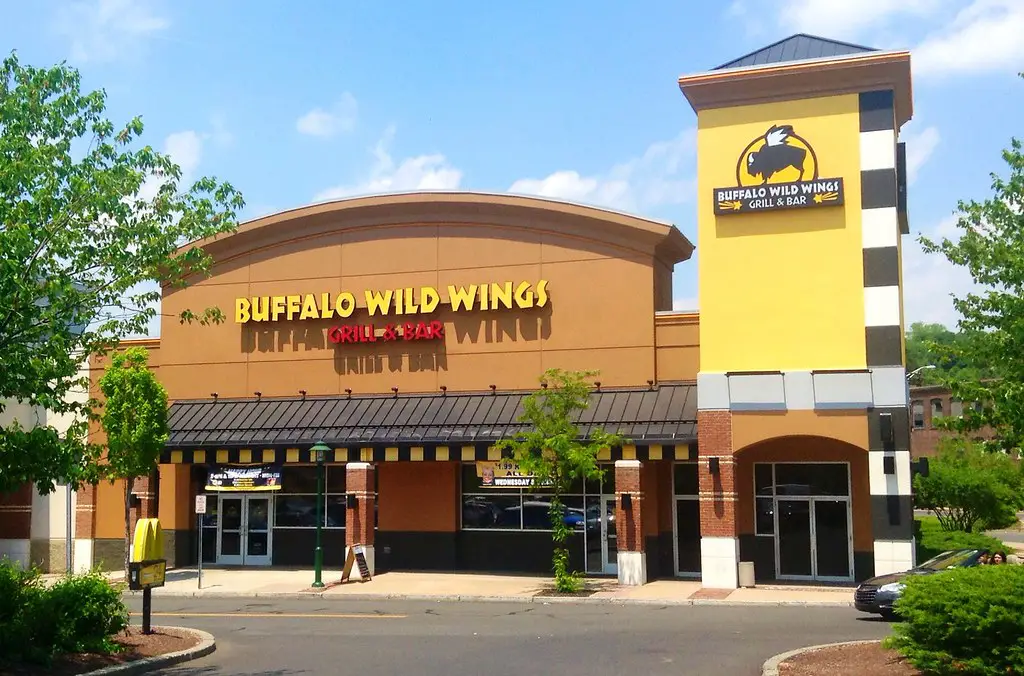
Buffalo Wild Wings, once a go-to spot for sports fans and wing lovers, is grappling with its place in an increasingly crowded dining market. The chain has seen a drop in in-store traffic as more consumers opt for delivery and takeout. Rising food costs, particularly for chicken wings, and a shift in consumer dining habits have made it difficult for Buffalo Wild Wings to stay profitable. While it has attempted to revamp its menu and add new items, these efforts have not been enough to regain its former luster.
While the brand’s loyal customer base and sports-centric appeal are still assets, Buffalo Wild Wings is facing increased competition from smaller, more agile establishments offering similar products at a lower price point. To survive, the brand will need to adapt its business model, possibly focusing more on delivery services or finding new ways to engage consumers both in-store and online. Without significant changes, it may struggle to stay afloat in the long term.
9. Pizza Hut
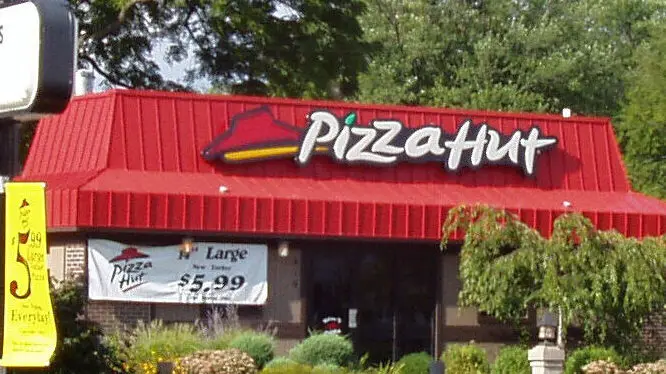
Pizza Hut, once the top pizza chain in the U.S., has struggled to keep up with rivals like Domino’s and Papa John’s. The brand’s reliance on its dine-in model, which has lost favor in recent years, has hindered its ability to keep up with the increasing demand for takeout and delivery. Additionally, Pizza Hut’s menu changes, such as the addition of new crusts and specialty pizzas, haven’t been enough to revitalize the brand. As consumer preferences shift toward faster, more convenient options, Pizza Hut’s older model is beginning to show cracks.
However, Pizza Hut still has significant brand recognition and a global presence, giving it a degree of staying power. In order to survive past 2025, it will need to embrace more delivery-focused strategies and continue to innovate its menu to cater to modern tastes. If it doesn’t make these adjustments soon, the brand may continue to lose ground to more adaptable competitors.
10. Perkins
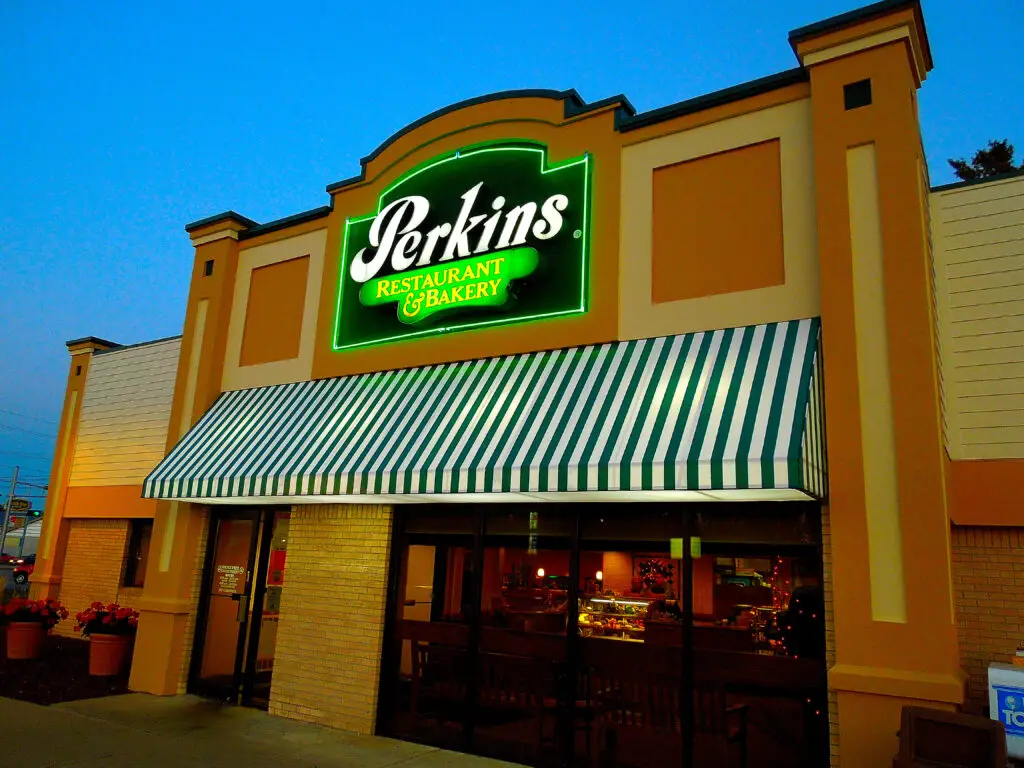
Perkins, a family-style diner known for its comfort food, has faced a significant decline in sales and relevance. While it once enjoyed popularity among families looking for affordable meals, it has struggled to keep pace with changing tastes and dining habits. The rise of healthier, more diverse options has hurt Perkins’ business model, as many consumers now opt for quick, casual dining experiences rather than long, sit-down meals.
Despite these challenges, Perkins still holds on to a loyal customer base, especially in suburban locations. However, the chain has been forced to close numerous locations, and its future remains uncertain. To survive, Perkins will need to dramatically reimagine its menu, atmosphere, and service style to appeal to younger, more health-conscious customers.
11. Krystal
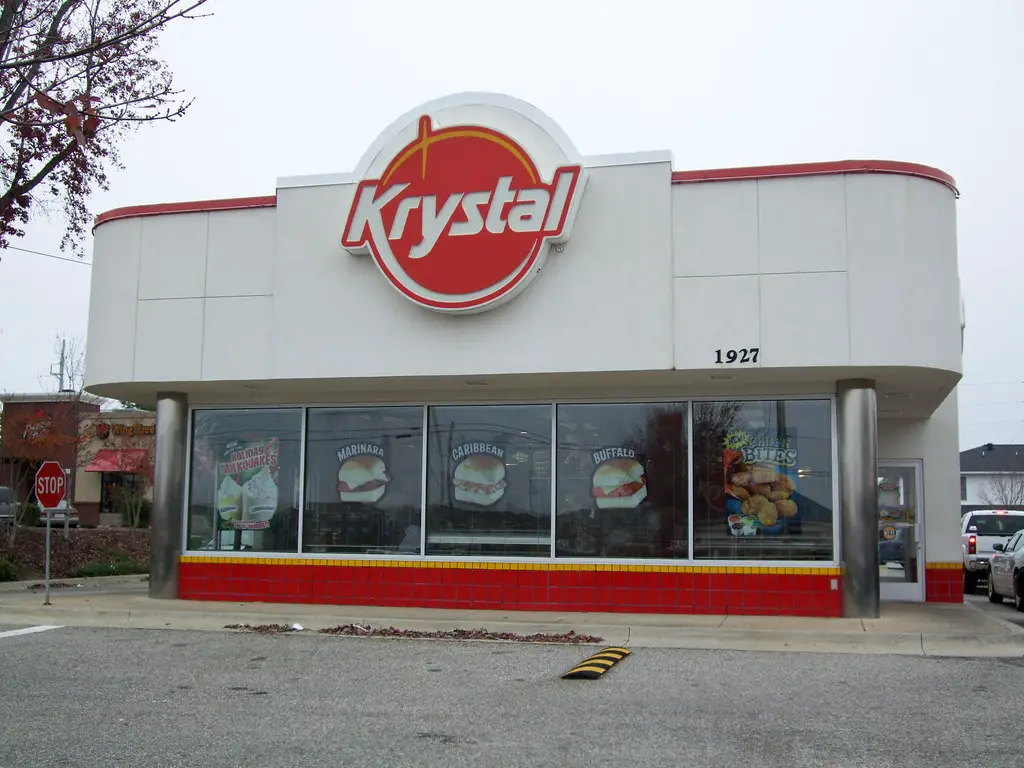
Krystal, the Southern fast-food chain known for its small square hamburgers, has struggled to compete with national fast-food giants like McDonald’s and Wendy’s. In 2020, Krystal filed for bankruptcy, and while it has tried to rebound, the chain continues to face significant financial struggles. The competition in the fast-food space has intensified, and Krystal’s reliance on regional popularity has made it difficult for the brand to expand.
Despite these hurdles, Krystal’s brand recognition in the South still gives it a glimmer of hope. However, it will need to make significant changes to its menu, pricing, and overall brand to stay competitive. If it doesn’t evolve quickly, Krystal could continue to see more closures in the years ahead.
12. Friendly’s
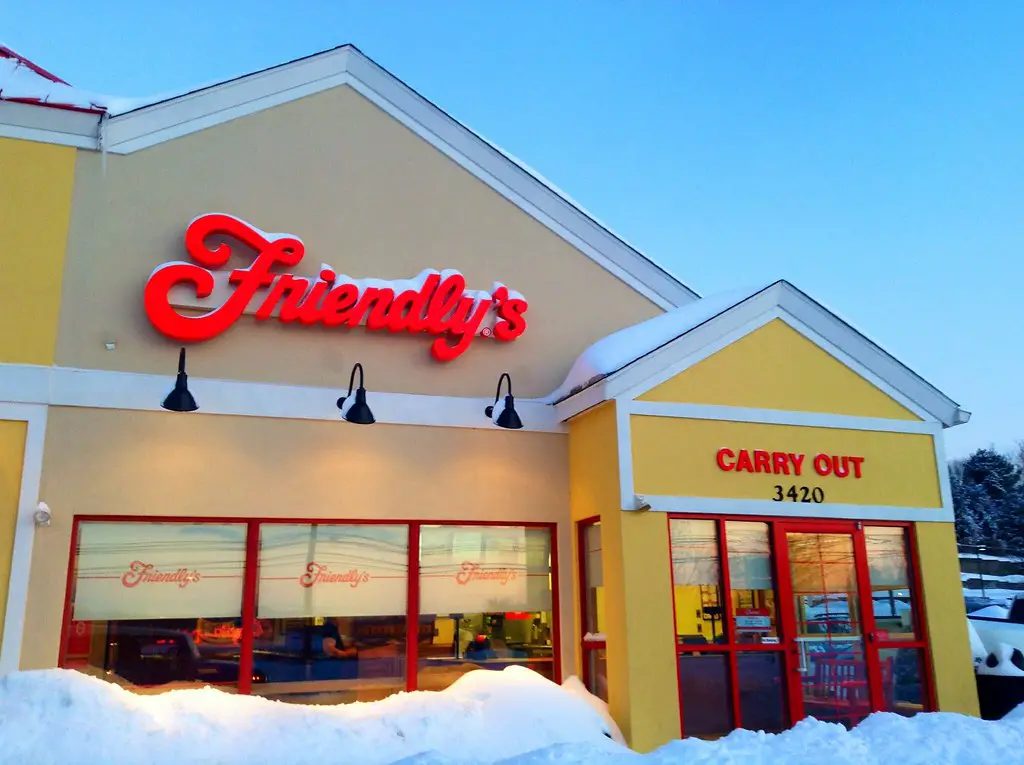
Friendly’s, known for its ice cream and family-friendly meals, has faced a rough road in recent years. The brand’s nostalgic appeal hasn’t been enough to bring in new customers, and its outdated business model has led to multiple location closures. Financial instability has plagued Friendly’s, and it filed for bankruptcy in the past, struggling to find its footing. While some locations still exist, the brand has not made the necessary changes to revitalize its image.
Unless Friendly’s undergoes a dramatic overhaul, it’s unlikely to survive long-term. The chain’s continued reliance on its old formula is a major hindrance in today’s competitive dining landscape. Without adapting to modern dining trends, Friendly’s may cease to exist beyond 2025.
13. Hooters
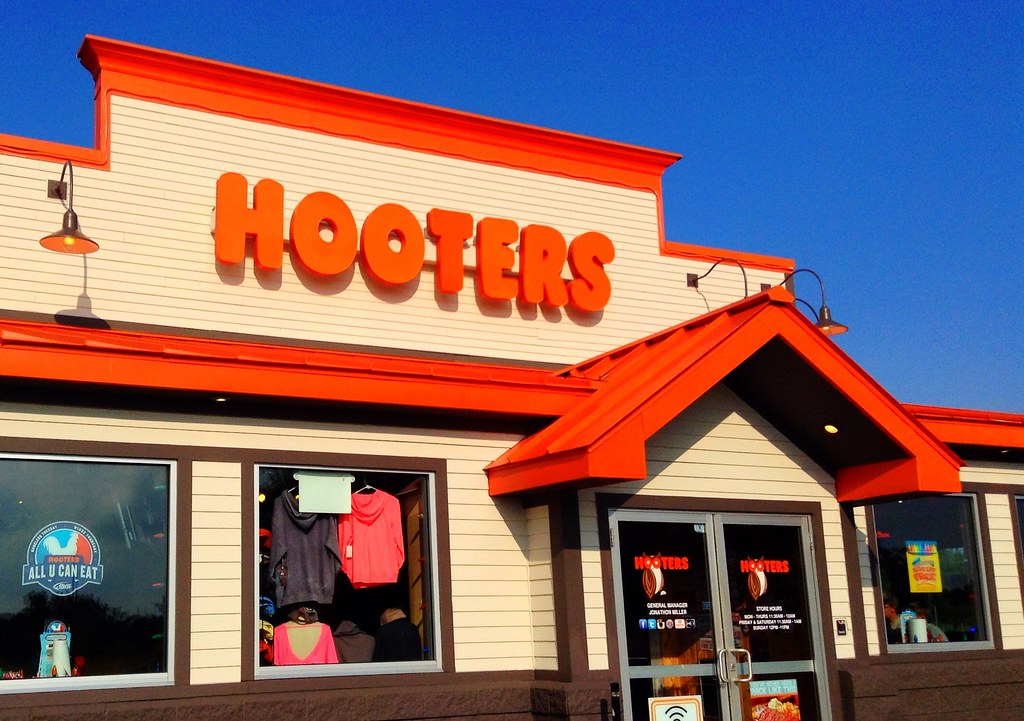
Hooters, famous for its waitstaff uniforms and sports bar atmosphere, has seen a decline in relevance as dining trends have shifted. The brand’s reliance on its past image has led to a disconnect with younger, more diverse consumers who are looking for more inclusive and modern dining experiences. Although Hooters has attempted to update its menu and expand its appeal, it faces significant competition from both upscale sports bars and fast-casual chains.
The future of Hooters is uncertain. Without a comprehensive rebrand and a shift in how it presents itself to the public, Hooters may continue to struggle. To survive through 2025, the brand will need to adjust its strategy and find new ways to attract a broader, younger customer base.
14. IHOP
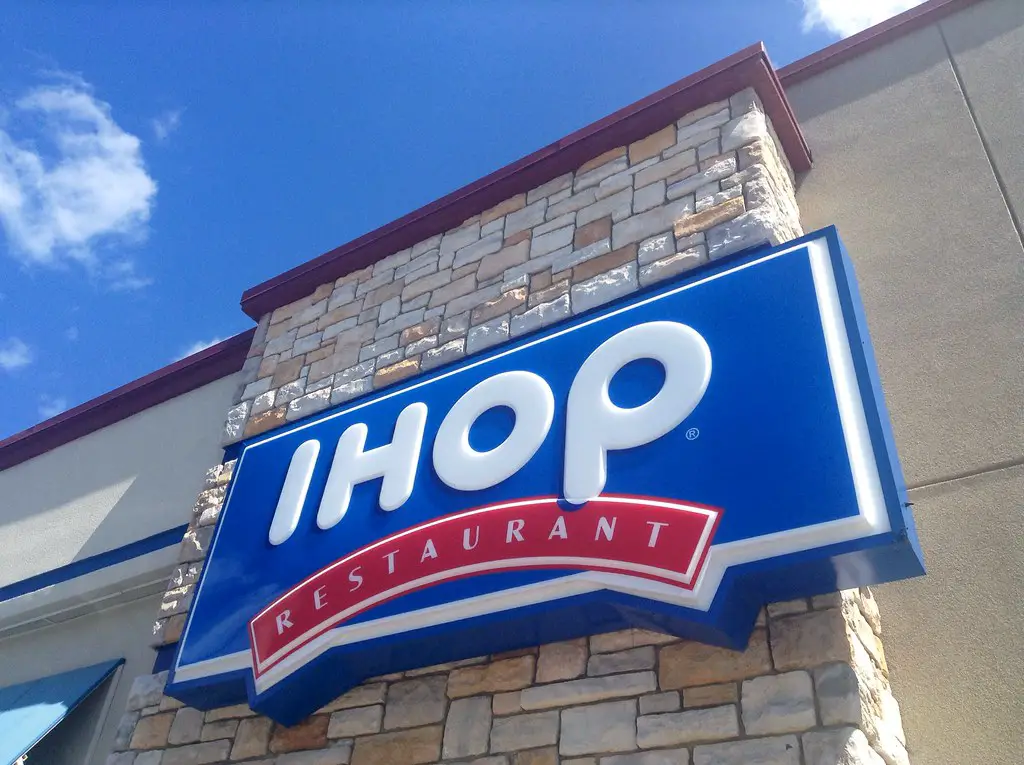
IHOP, known for its breakfast options, has struggled to regain its momentum in recent years. The brand’s reliance on dine-in traffic has been a hindrance, especially as more consumers choose delivery or grab-and-go options. IHOP has adapted to some of these changes by offering delivery and takeout services, but it hasn’t been enough to offset the decline in its core dine-in business. The chain also faces increasing competition from trendy breakfast and brunch spots that offer more modern and health-conscious options.
While IHOP still enjoys strong brand recognition and a loyal fanbase, particularly for its pancakes, the chain needs to adapt further to survive. The rise of healthier dining trends, as well as the growing popularity of fast-casual restaurants, poses a significant threat. IHOP will need to innovate its menu and embrace a more modern approach to dining if it hopes to maintain its presence in the market beyond 2025.
15. Denny’s
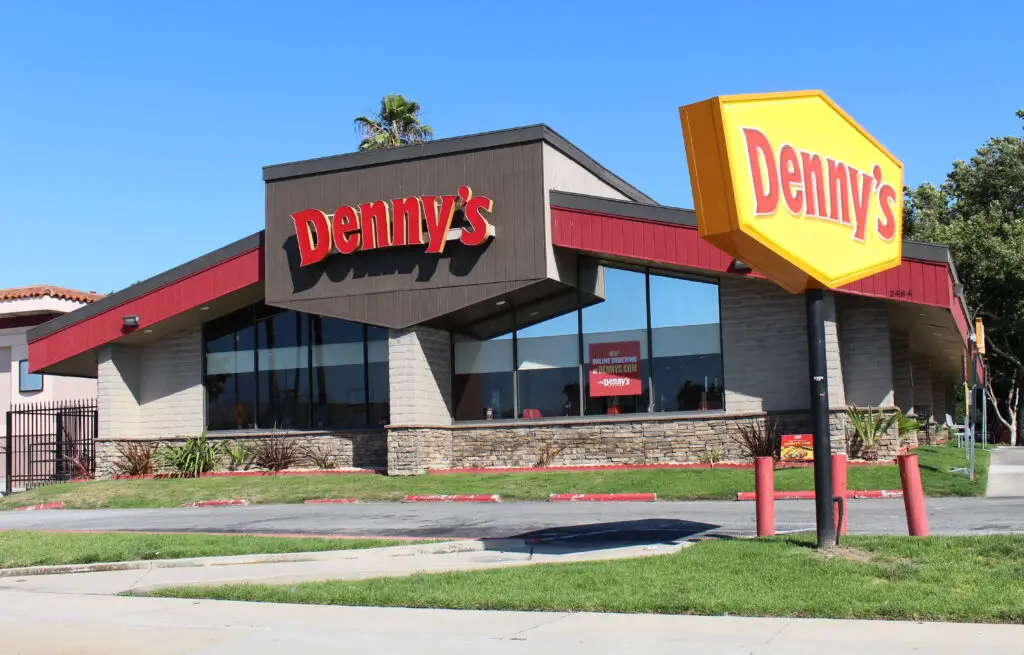
Denny’s is another chain that has faced challenges in attracting younger consumers. Traditionally known for its 24-hour service and affordable diner food, Denny’s has struggled to keep up with changes in dining preferences and an evolving fast-food market. With rising food costs, particularly for key ingredients like eggs and bacon, and a shift toward healthier dining habits, Denny’s is finding it difficult to maintain its old appeal.
Though Denny’s still has a loyal base, especially among older patrons, it will need to modernize both its menu and its overall dining experience. More consumers are choosing fast-casual spots with higher-quality ingredients, leaving Denny’s at risk of becoming increasingly irrelevant. Unless it can significantly reinvent itself, Denny’s may struggle to keep pace with industry trends in the coming years.
